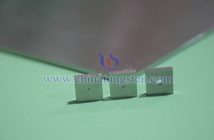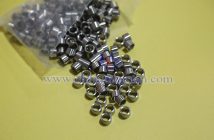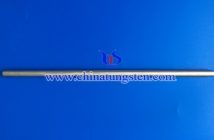Tungsten-nickel-iron alloy, with its unique physical and mechanical properties, demonstrates significant applications value in the field of welding electrodes. When used to manufacture welding electrodes, the high tungsten content (typically over 90%) is the core source of its advantages. Tungsten’s melting point, as high as 3422°C, far exceeds that of most metal materials, enabling the electrode to maintain a stable form in the high-temperature arc environment and preventing excessive wear due to melting. This is crucial for ensuring the continuity of the welding process. The addition of nickel and iron effectively mitigates the brittleness of pure tungsten, providing the electrode with a certain degree of plasticity and toughness, making it less prone to cracking during processing, installation, and use, while also enhancing its electrical conductivity to ensure stable arc generation and energy transfer.
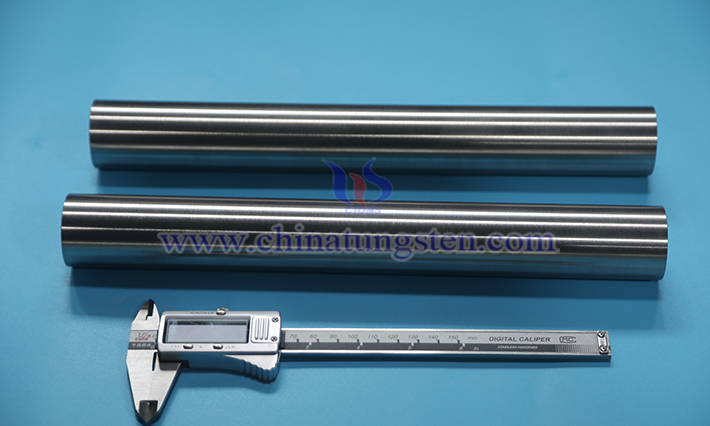
In welding operations, the advantages of tungsten-nickel-iron alloy welding electrodes are primarily reflected in three aspects. First, strong arc stability. Due to the alloy’s uniform electrical conductivity and high-temperature resistance, the electrode can maintain a consistent arc shape after ignition, avoiding issues such as arc breaking or drifting. Whether welding common materials like low-carbon steel or alloy steel, or performing high-precision welding on thin-walled components, a stable arc reduces defects such as porosity and lack of fusion.
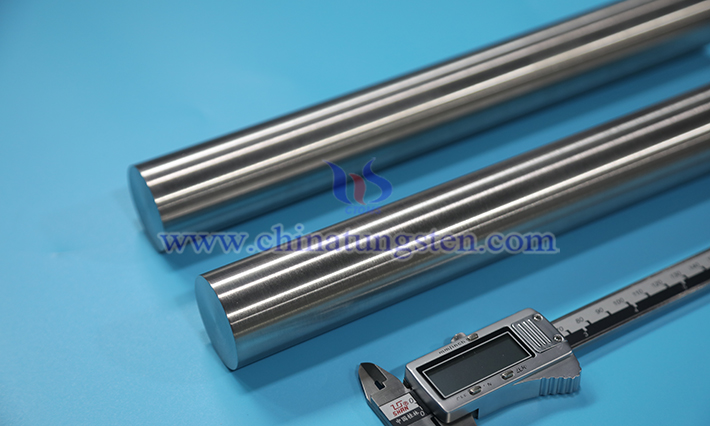
Second, low electrode wear rate. Traditional welding electrodes are prone to burning and require frequent replacement under high-temperature arc conditions. In contrast, tungsten-nickel-iron alloy, with its high melting point and heat resistance, extends service life. In continuous welding operations, this low wear characteristic reduces downtime for electrode replacement, improving welding efficiency.
Third, adaptability to various welding currents. Tungsten-nickel-iron alloy electrodes can operate stably under both direct current (DC) and alternating current (AC) modes. For welding thicker workpieces, the electrode can adjust current output to provide sufficient heat for adequate penetration. For thin plates, it can control arc energy at low currents to prevent burn-through.

